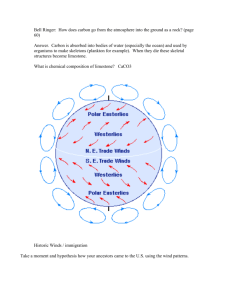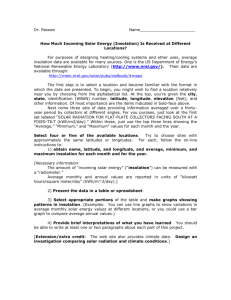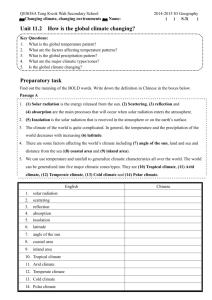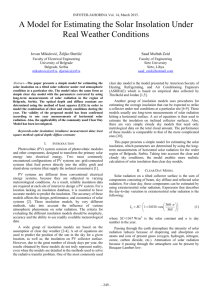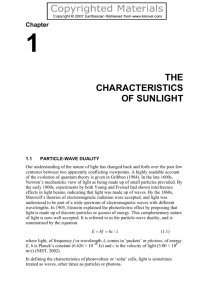Various problems calculating global insolation
advertisement
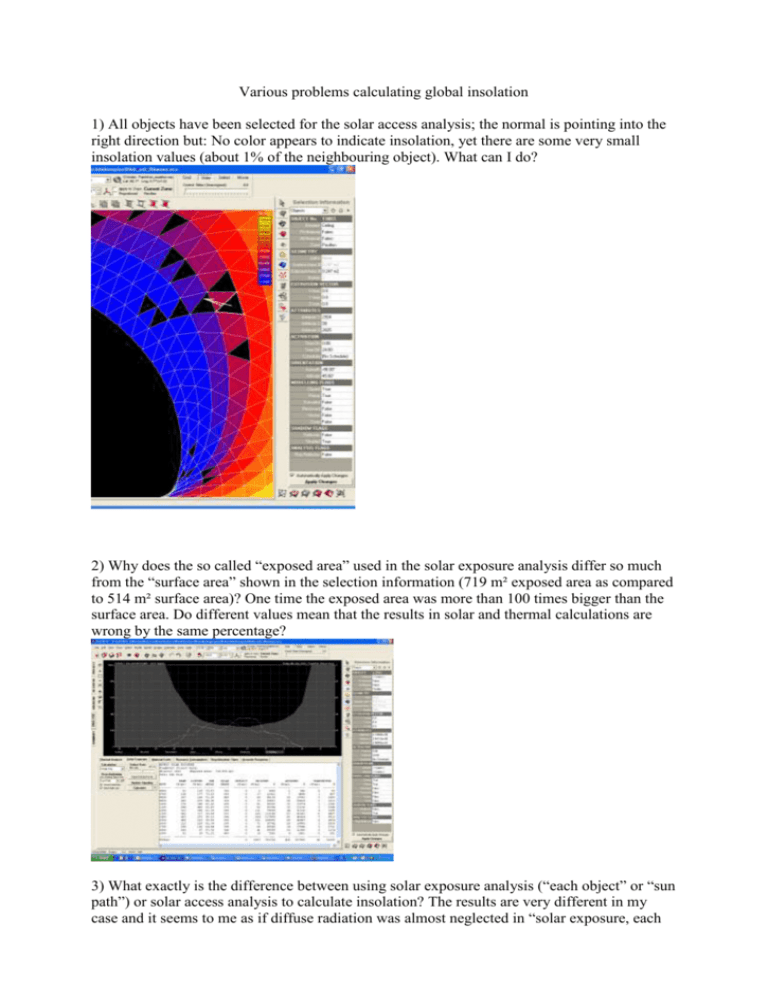
Various problems calculating global insolation 1) All objects have been selected for the solar access analysis; the normal is pointing into the right direction but: No color appears to indicate insolation, yet there are some very small insolation values (about 1% of the neighbouring object). What can I do? 2) Why does the so called “exposed area” used in the solar exposure analysis differ so much from the “surface area” shown in the selection information (719 m² exposed area as compared to 514 m² surface area)? One time the exposed area was more than 100 times bigger than the surface area. Do different values mean that the results in solar and thermal calculations are wrong by the same percentage? 3) What exactly is the difference between using solar exposure analysis (“each object” or “sun path”) or solar access analysis to calculate insolation? The results are very different in my case and it seems to me as if diffuse radiation was almost neglected in “solar exposure, each object”. I checked Ecotect results against two other programs (meteonorm, TRNSYS) using the same weather data and only one object at a time (either horizontal or slightly sloped; Azimuth 29°, slope 3° from horizontal). The following table lists the results. solar exposure solar access meteonorm TRNSYS Object 13150, Azi=29°SE, slope=3° from horizontal each object 131,5 sunpath 368,8 solar access 372,7 meteonorm 455,0 455,0 Horizontal 128,1 365,4 396,3 450,2 453,0 4) How can even the available radiation (971 kWh/m² in the solar access analysis) be smaller then the radiation on the horizontal given in the wea weather file (attached weather file)? If I open Frankfurt_weather.wea with the weather tool the annual global radiation is 1034 kWh/m² which represents the meteonorm value. Therefore the conversion into a wea was correct. 5) objects are neglected in shading mask but OpenGL Visualisation shows that there are objects. So what about calculations? Are they done as if there was a void? Optimization What possibilities are there to automatically optimize a building with regard to its insolation values? Can you tell ecotect to optimize either the shape of a building for a given orientation and location or the orientation of a building for a given location and shape, e.g. by incremental rotations? The only possibility I see so far is to rotate the model manually and compare results. The problem is that calculations use a lot of time and computing capacity so it would be very useful to let the computer do 4 or 5 calculations at night and then compare the results in the morning. Thermal simulation Is it possible to border a thermal zone by a void or do I need to take an open window? Does a void need to be a child object of another object or can I span a void between one object and another object? I would like to simulate a 30 cm gap between an amorphous tent structure and the ground.



